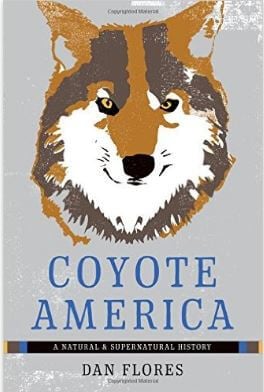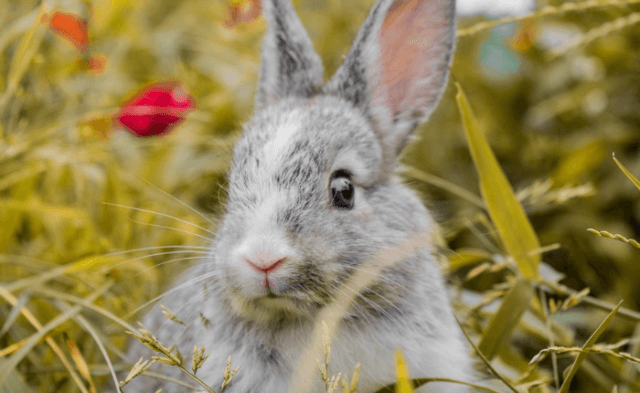We all know that cockroaches will be around long after we’re all gone, but so will coyotes. These keenly intelligent and adaptable animals have survived for millions of years. They’re exceedingly resilient—they thrive almost everywhere in North America, including metropolitan areas such as New York City. Coyotes are now the most common large wild predators the majority of Americans have ever seen. In Coyote America: A Natural and Supernatural History, author Dan Flores does them justice.

Of course, modern-day trappers and many ranchers care little for coyotes’ place in natural history. Flores outlines in great detail the lengths that humans have gone to exterminate the species, including strychnine bait stations, gas, steel-jaw traps, and even hunting by helicopter. On a disheartening note, the government’s war on coyotes was launched only after wolves were effectively wiped out. With few wolves left to kill, coyotes became the next target. Flores notes that such programs are “all about the interests of the livestock industry.”
But wiping out the wolves also set off an ecological chain reaction. Coyotes easily filled the decimated predators’ niche by forming packs and taking down bigger prey. Coyotes were harder to kill by conventional means, because wolves’ social bonds meant that pack members followed family members into traps. The adaptable animals “ratcheted themselves” into high survival gear.
Every year since 2001, Wildlife Services, a division of the U.S. Department of Agriculture, has killed approximately 35,000 coyotes from planes and helicopters. Sheep and goats have been fitted with 1080 (poison) collars so that when coyotes go for the throats of a flock of sheep, they bite the collars and die from poisoning. To this day, there are coyote-killing contests and no limits on the number of these animals hunters can kill. Some ranchers line their perimeter fences with the bodies of the coyotes they’ve slaughtered, like a macabre form of bunting. The war on the species continues.
Flores also touches upon the exaggerated fear that many urban dwellers have of a run-in with a coyote, noting, “If you are halfway intelligent with your animals, though, coyotes are not remotely as great a threat to your dog or cat as traffic is.” In other words, don’t let your cat roam about outdoors and keep your dog safely inside.
Even though they’re in our neighborhoods, coyotes typically flee to avoid contact with humans. And with the exception of a small population in South Texas, they aren’t carriers of rabies.
The government’s long-standing and expensive program to kill coyotes is enough to make anyone furious. Our tax dollars—millions upon millions of them—are going toward systematically exterminating wildlife.





